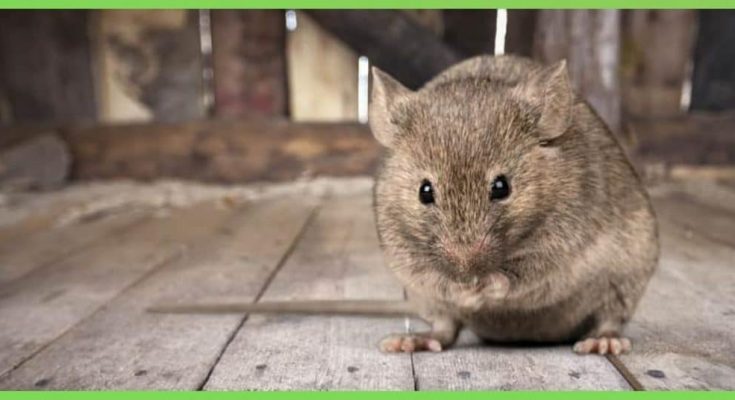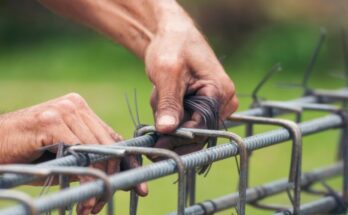Mice may be a real pain in the contemporary home. Since these pests love to reside inside your attic, this may be difficult for anyone to realize that they have unexpected visitors. These pests can create their homes inside the attic, which provides them with a warm, secure, and dry environment. Attic mouse infestations can have detrimental effects.
How can I tell if my attic has mice?
You can tell whether mice have moved into your attic through a few different ways.
Search for potential entrances.
Locate openings for their compartments or channels. These slits could penetrate the insulator. Make a list of potential mouse access points in your house that might lead them into the attic.
Foundation cracks might be entry sites for rodents and people alike. Even if there may be little gaps in the roadway, they can still move due to their width.
Keep an ear out for any attic sounds.
Screaming, spinning, and cleaning clearly indicate presence. Whenever mice snooze at these times, this holds true throughout the whole day. You should expect to hear mice crawling about at night.
Even though there may be times when you don’t hear anything, mice nonetheless could be living inside your attic.
Rats may reside in attics as evidenced by the scraping of little feet over the surface, and shavings left all over the attic seem to be a surefire indicator that rodents have settled within your insulation.
Search for telltale indications.
Be cautious when spotting mouse presence signals if someone has discovered mouse prints inside the attic. Your home is infested with mice if it has these marks.
Droppings from mice are an obvious sign that they are there. Their excrement is black, approximately 1/2 an inch in length, and has pointy edges in addition to ridges.
However, these might not be the only considerations you should make. Do you have a suspicion that it has been silent? Keep in mind to be extremely cautious and vigilant.
A Guide to Getting Rid of Rats in Your Attic.
Find every entry location and close it.
Look over the whole interior of your home or structure for any gaps or openings that mice may utilize to enter from the ground or the roof. Openings, eave openings, rooflines, scratched door gaskets, missing stones in walls, etc. are examples of this. Examine the whole roof in addition to any vents or other tiny attic entry spots.
Keep in mind that mice may fit into the smallest of spaces. You must search for Extremely Tiny apertures or holes, such as those that are no larger than 1/4 inch or large enough for your fingernail tips. Fill up these holes with a strong and suitable sealant to prevent mice from entering your house. Because rodents may nibble through some coatings, such as sprays, be certain the sealer is rodent resistant.
Pruning trees and shrubs close to your property
Mice can leap roughly eight feet down in addition to their propensity for climbing, which is widely known. You may basically remove the “bridge” for those rodents by cutting back on overgrown tree limbs and bushes that are near to or contacting the home.
Use proper sanitation and food storage methods.
That’s a little bit of such an additional preventive technique, but it’s nevertheless useful. You may eliminate any food resources that could entice mice by making sure your meals are properly maintained and aren’t left outside in the public.
Place Traps In Places With High Movement.
The most important step in getting control of rats in the house attic is definitely this one. The kind (live bait, snap traps, quantity, and strategic placement of your hooks) will determine the effectiveness of your capturing operations. Setting up traps there in the right places may make a huge impact. The easiest technique to determine the potential routes taken by these rodents is to track their droppings.
Final thoughts
It’s no mystery that mice in the attic can be a bothersome problem. If these little rats decide to live inside your attic, it might be a serious problem. While you may already be aware, mice will devour whatever they can get their hands on, particularly cabling, insulation, as well as other materials that might endanger the safety of your home from fire.



